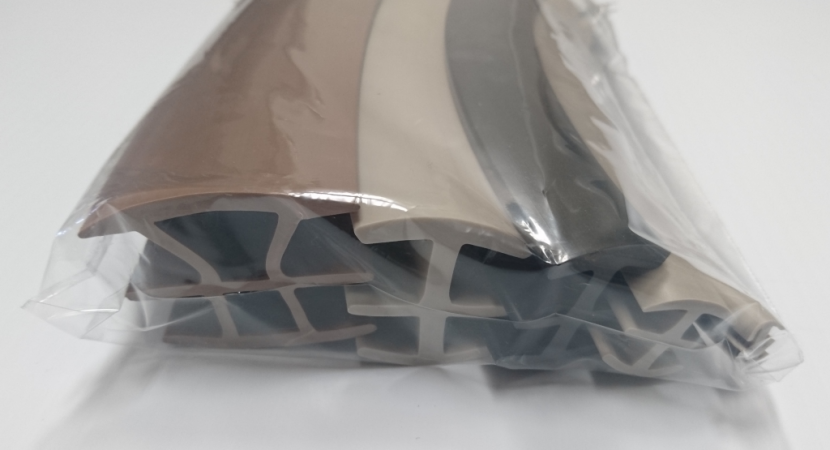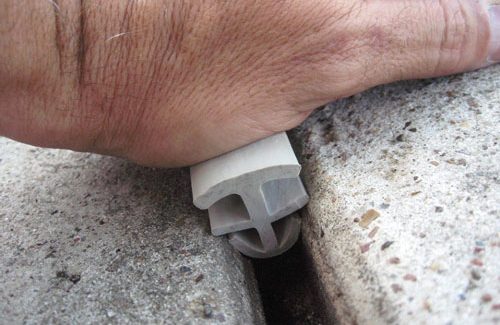For a lot of homeowners, the perennial question remains: how do you fill up contraction and expansion joints? Which filler is right for what joint? If you’re dealing with the same issues, then here are a few handy tips to help you navigate through the selection process.
Know the difference
Expansion and contraction Joints aren’t one and the same. Once you realize that, it’ll be easier to tell how to fill in the gaps in your driveway.
• Contraction joints also called control joints sometimes, come with V-shaped grooves that run across your garage floor, from one end to the other. The joints create a weakened lie in the concrete, allowing the material to expand and contract without cracking.
• Expansion joints, also called isolation joints, are used to separate slabs of concrete. Compressible fiber board material usually fills up these joints.
Which one is right for you?
If you have adjoining slabs of concrete, then use expansion joints to keep the materials from damaging each other when they expand and contract. For typical garage floors with four separate slabs, contraction joints often work the best.
Exploring joint fillers
The key to getting the most out of the joints is using the proper filler. When you check out options for a concrete driveway joint filler, the best material for contraction joints is a solid epoxy filler. For expansion joints, you can use a self-leveling polyurethane joint sealer or filler. Assess the pros and cons of each of the options to figure out which joint and filler will suit your project.
Shopping online
Look for expansion and contraction joints as well as joint fillers online. Check out products that deliver the performance and quality you need. Shop from reliable suppliers or sources. Read the reviews to find out what other buyers say about the products and if they work or not.


